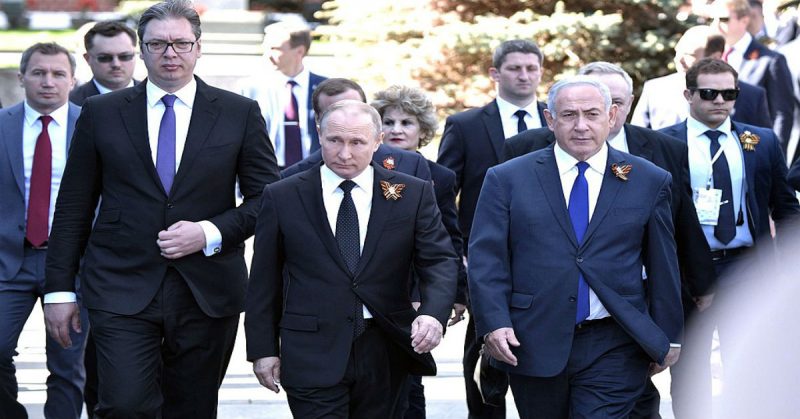Every war generates its symbols to commemorate its war dead. The British and the Commonwealth recognize the poppy, growing wild in the fields of Flanders, as theirs for the First World War, and now the Russians have St. George’s ribbon for the Second World War. At first, it started out as a local initiative but has since turned into a nationwide symbol.
In an interview, journalist Natalya Loseva stated that the ribbon itself was a deliberate invention by journalists, who had their fingers on the pulse of history and the state of society and decided that the time had come.
The orange and black ribbon gained popularity at a considerable rate, and now every year on Victory Day, celebrated May 9th, millions of St. George’s ribbons can be seen across Russia and other countries, and it is worn by Russia’s highest officials, including President Putin.
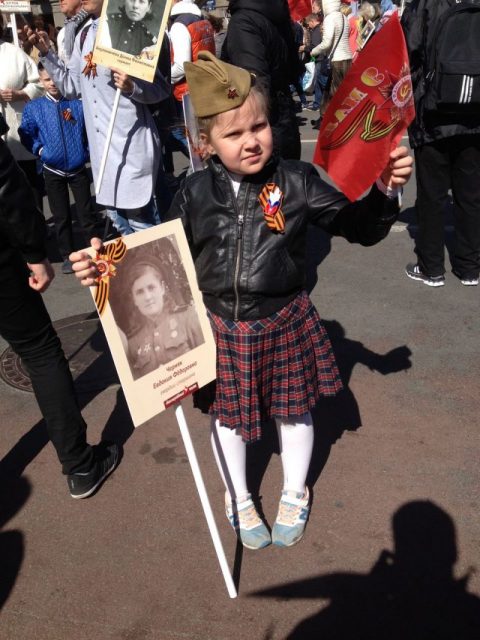
This started thirteen years ago as a grassroots initiative spearheaded by a group of journalists at RIA, a state news agency, who developed Our Victory, an internet project full of personal stories of people affected by the war.
As the action gained in momentum, it was only a matter of time before the authorities took notice. Loseva explained that the ribbon’s popularity, and that of the movement itself, was a response to the nihilism of the age that came as a direct reaction to the collapse of the Soviet Union.
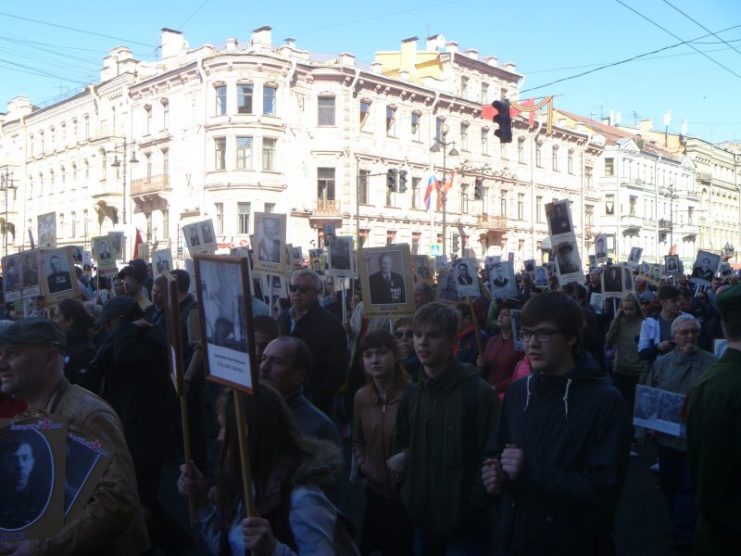
“For some time we experienced a period of rejection, resentment towards the Soviet past. Society wanted to write off the outcome of the Great Patriotic War and WWII together with the burden of the Soviet past, together with the stagnation, iron curtain, and poverty.”
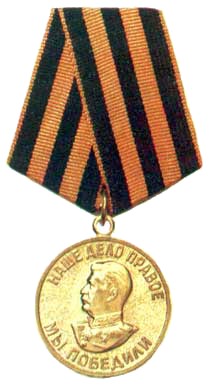
But every society, if it is going to remain healthy, requires emotional and historical pillars to lean on, she continued. It’s the deficit of self-respect that makes people miserable and immature. In general, she believes that the ribbon can only fill the niche required for healthy pride.
The ribbons have been distributed to the people using the slogan “I remember. I am proud.”
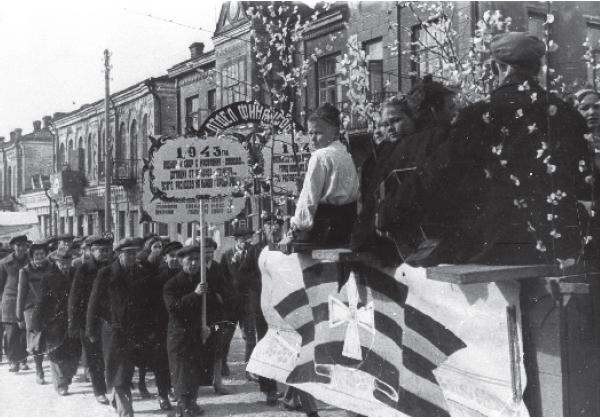
The invocation of any new symbol into the national consciousness is naturally going to draw detractors, and St. George’s Ribbon is absolutely no exception. Still enjoying enduring popularity in Russia, the Communist Party issued a sharp rebuke to the project, accusing it of being an attempt to blotting out the past by eliminating victory symbols connected with the communist era, such as the red banner under which the war was won.
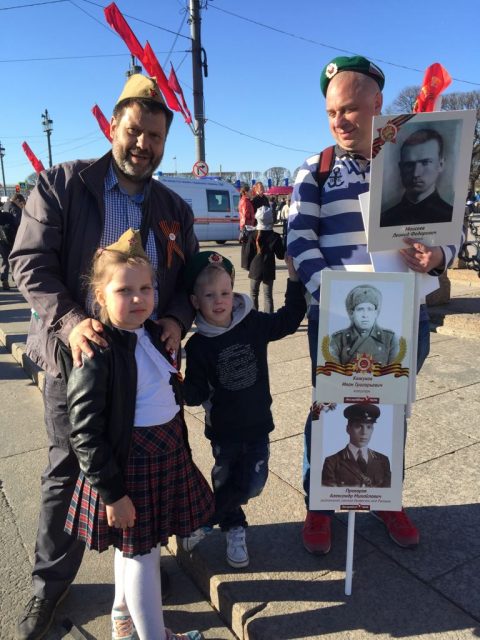
They claim that the ribbon has nothing to do with either the Great Patriot War (which Russia calls the Second World War) or with the Soviets, and therefore the initiative is a politically motivated symbolic attack on the Communists. In one regard, the Communists are right. The St. George’s ribbon did not exist during the Second World War.
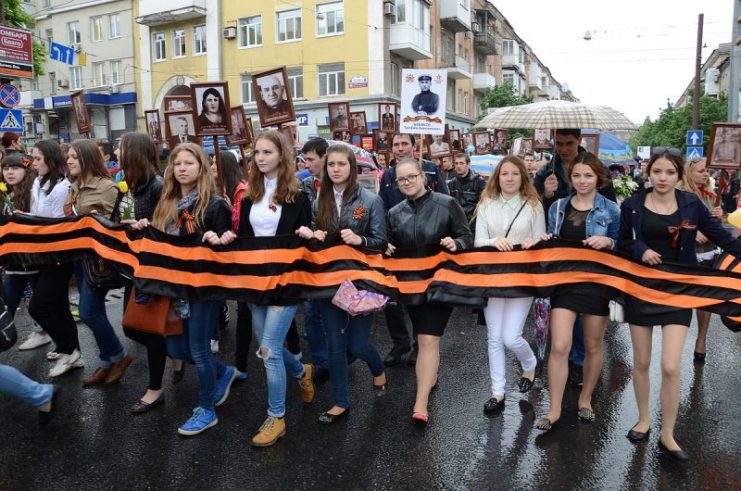
It was once part of the Order of St. George, with the colors representing gunpowder and fire. Introduced in the 18th century by Empress Catherine the Great, it was abolished by the revolution in 1917 and reinstated in 2000 with the order’s re-introduction into Russia.
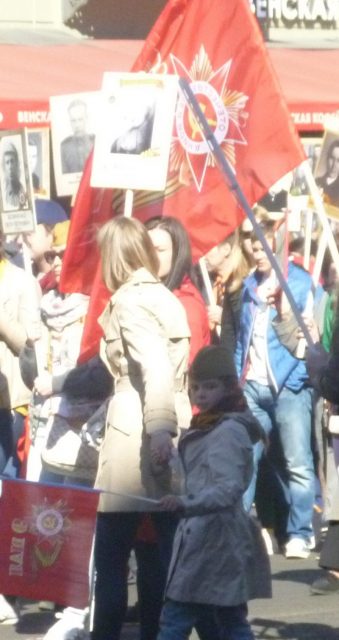
Other issues have since arisen. The first is that the ribbon bears an appearance to the Guards ribbon, introduced in 1942, and the same colors were used for the Order of Glory, established in 1943, received by more than a million soldiers for their contributions to the war effort. The Communists state that the use of the colors was deliberate, in an attempt to draw a direct reference to the Imperial Order of St. George.
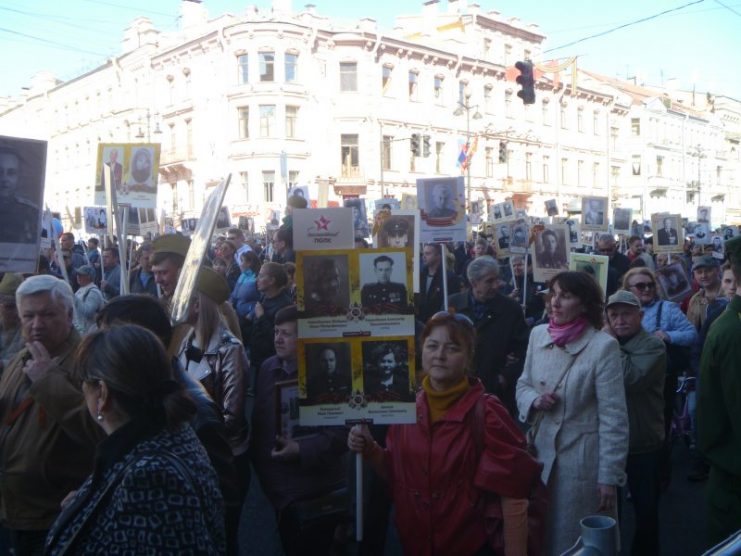
Read another story from us: Russia Displays Military Might in Victory Day Parade
Yet, the ribbon’s inventor holds that the project itself is apolitical, and directed more towards the consolidation of historical memory.
